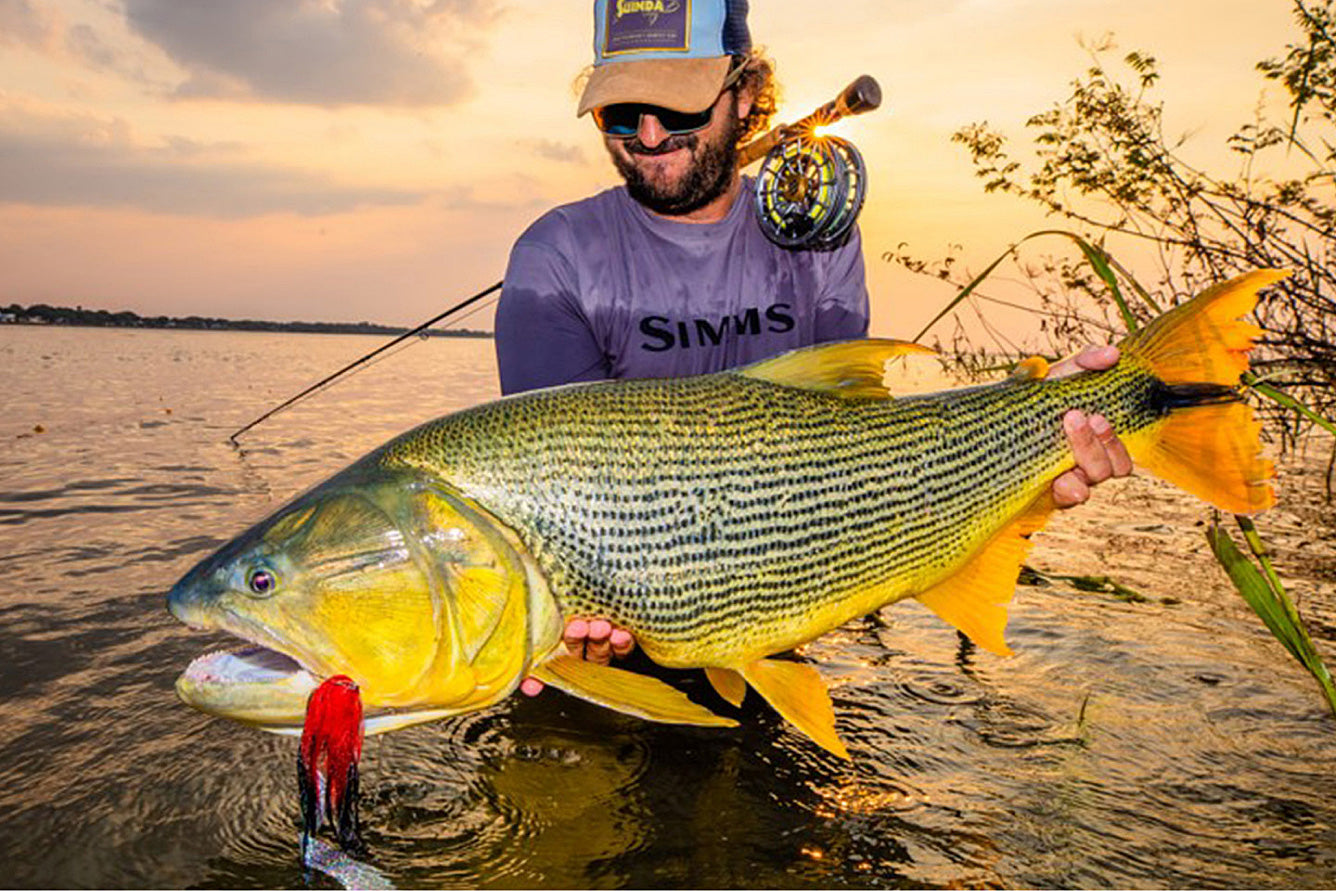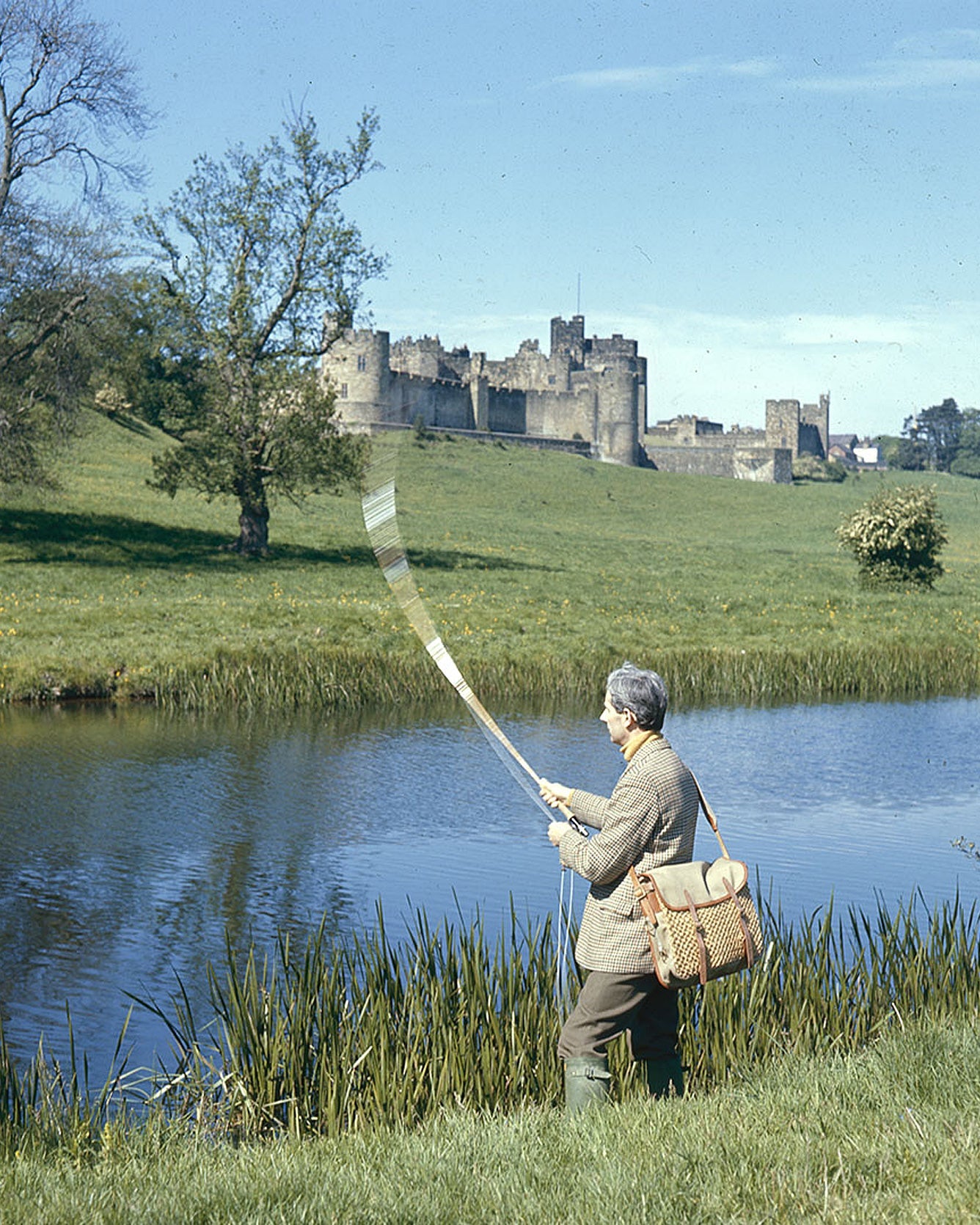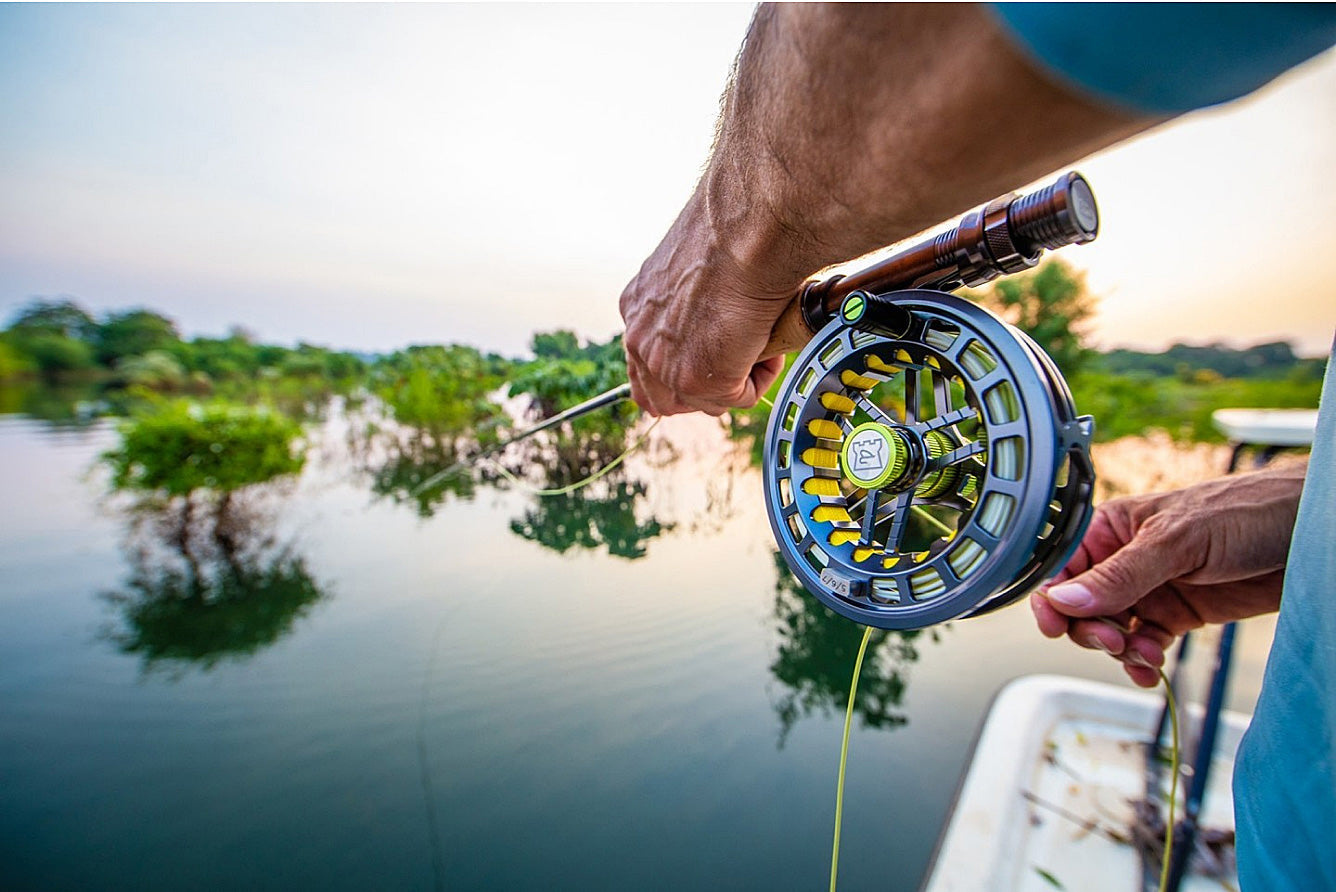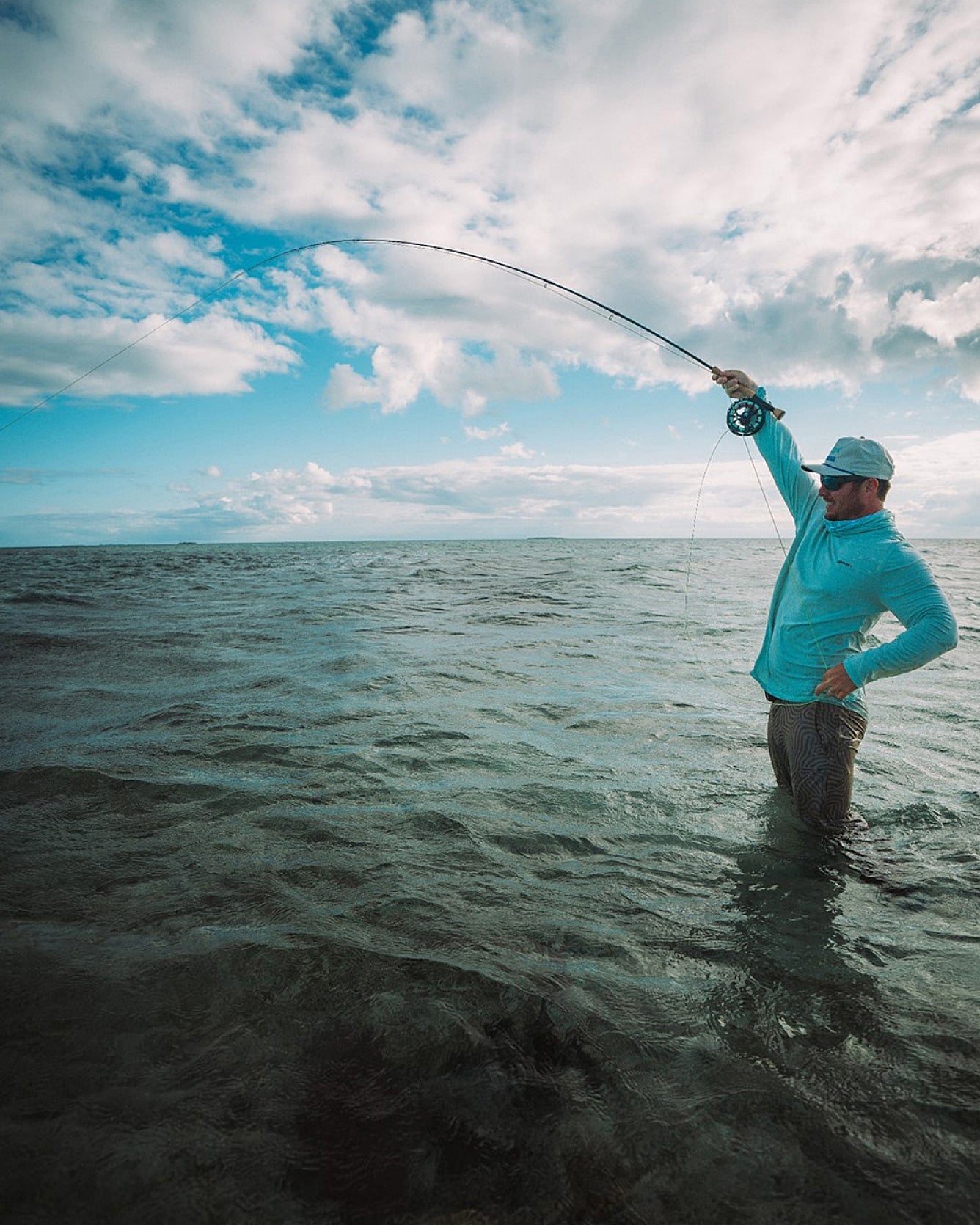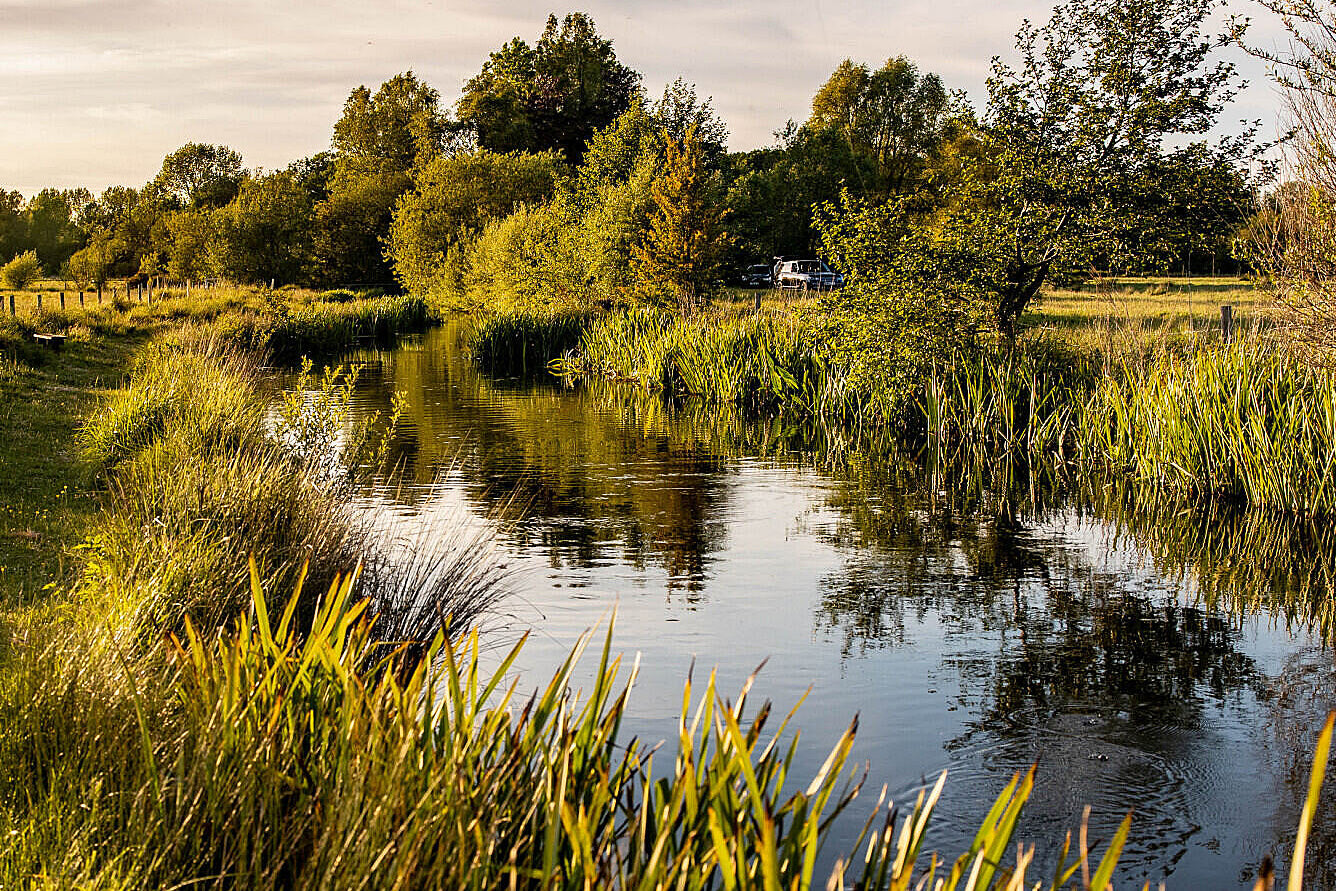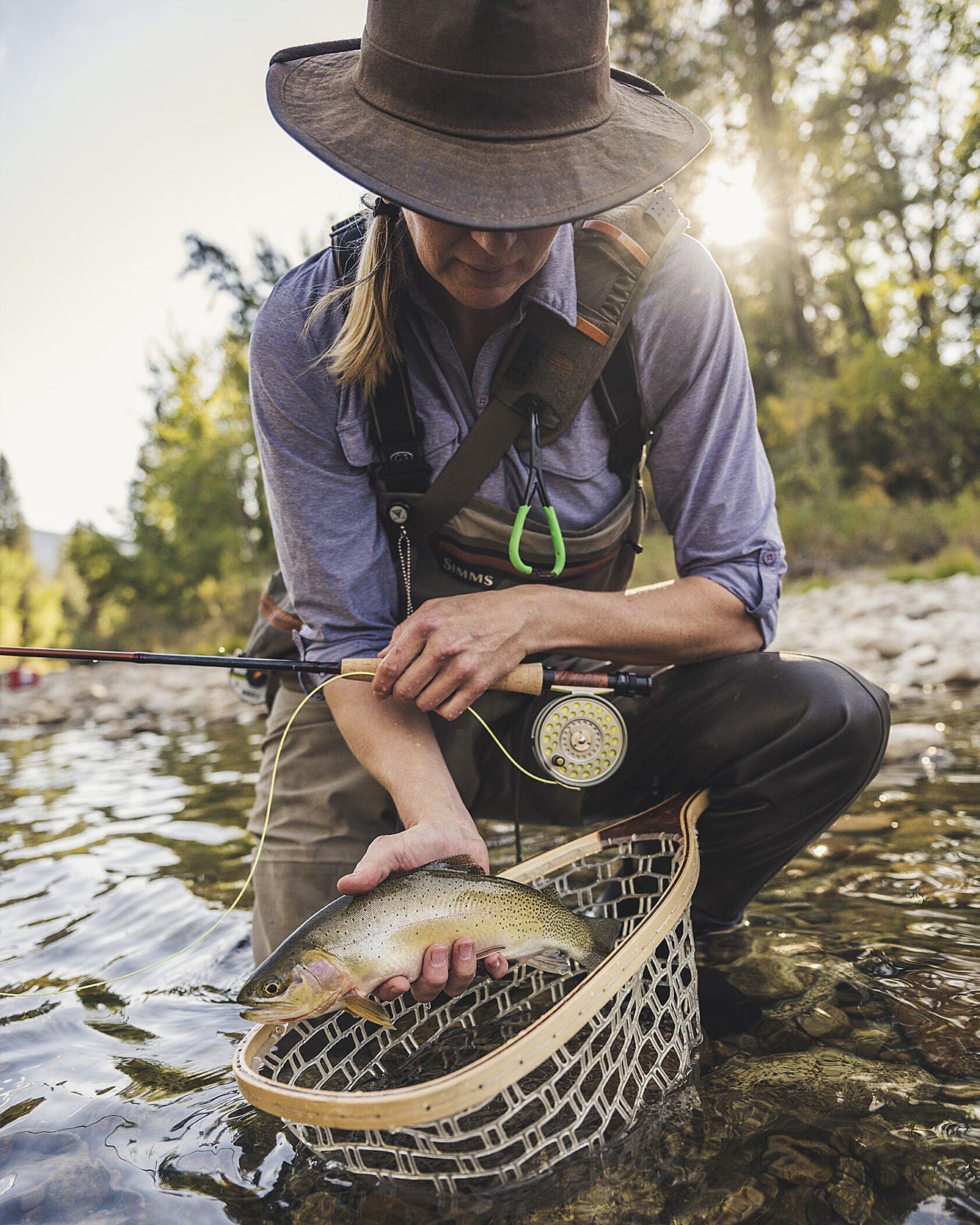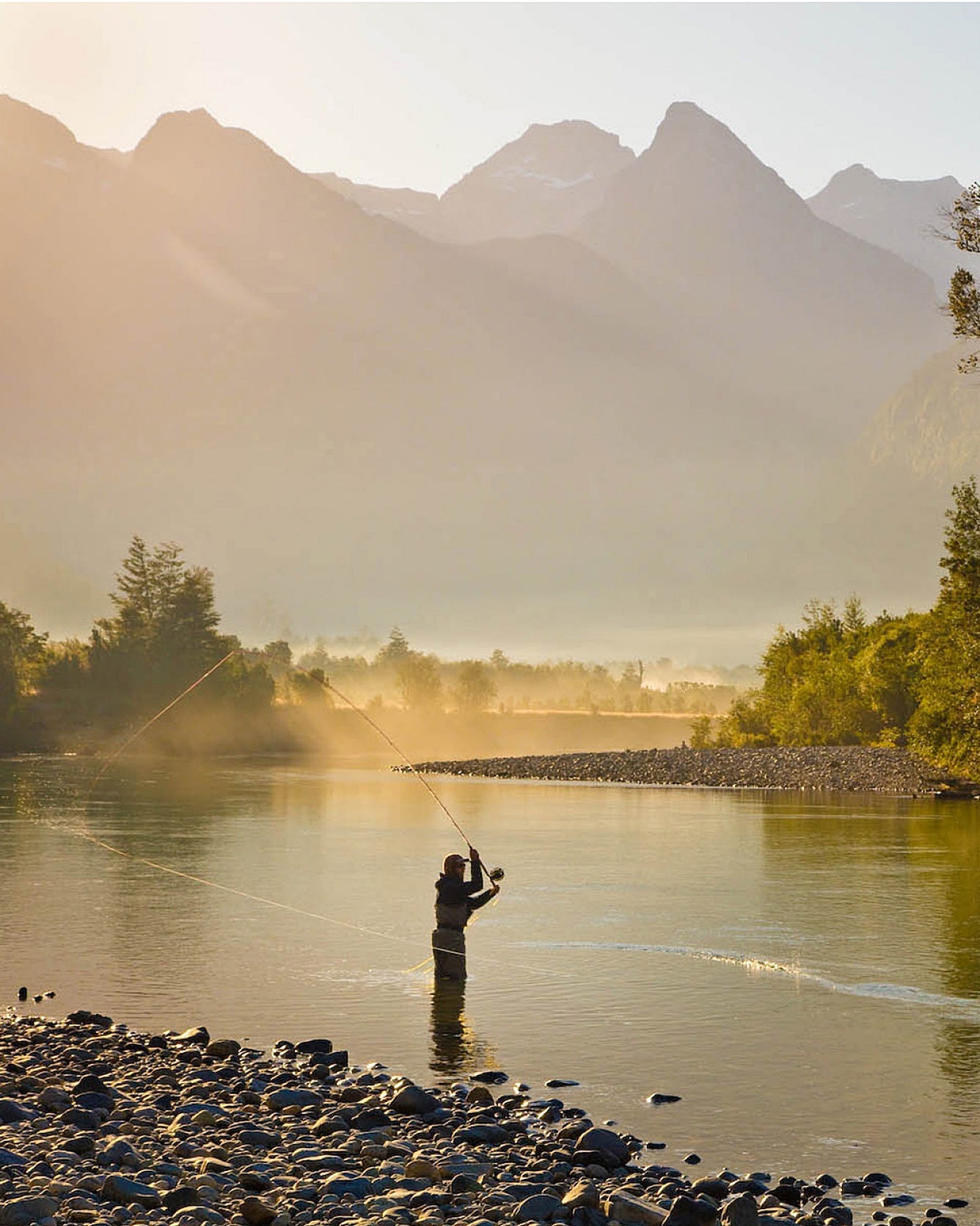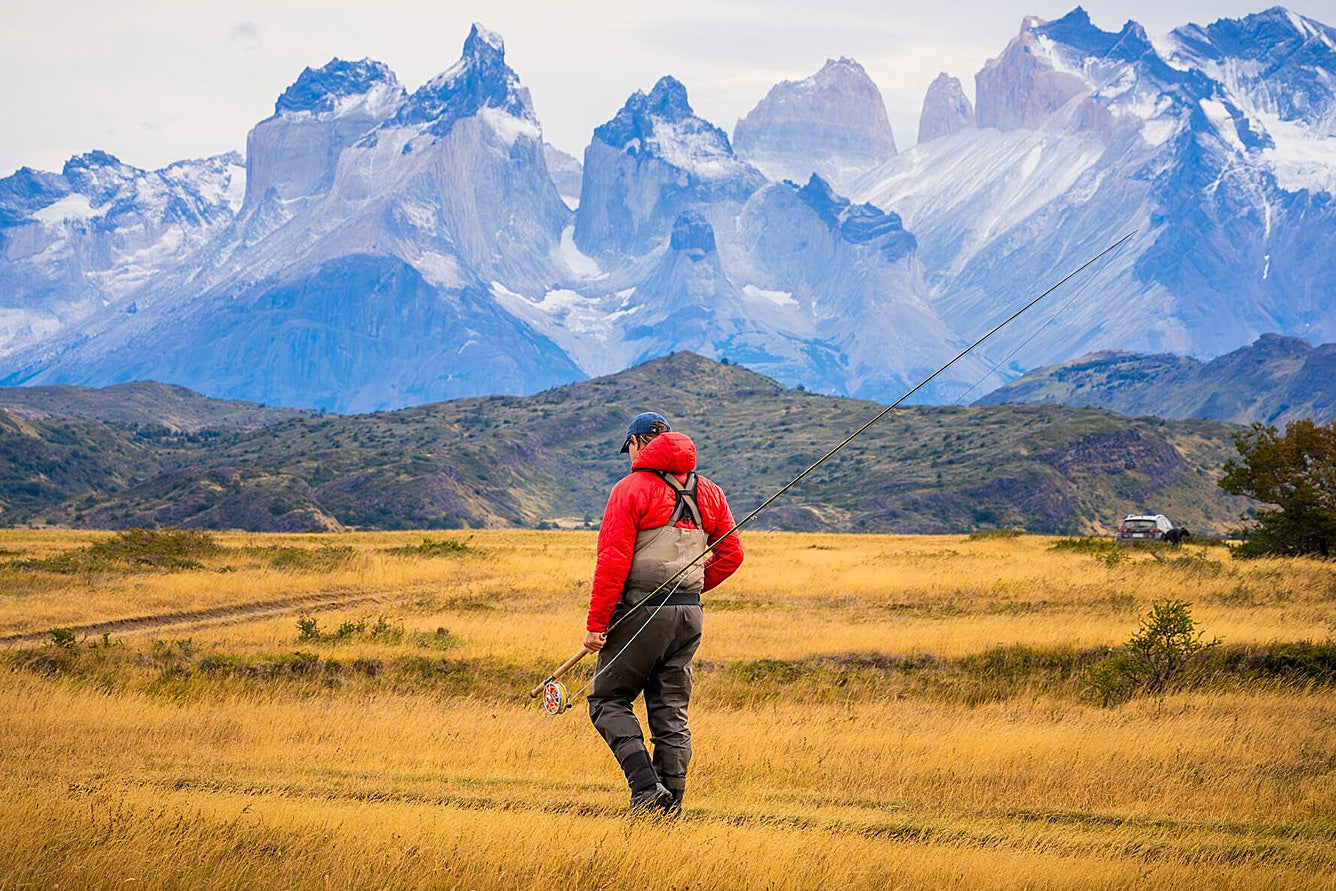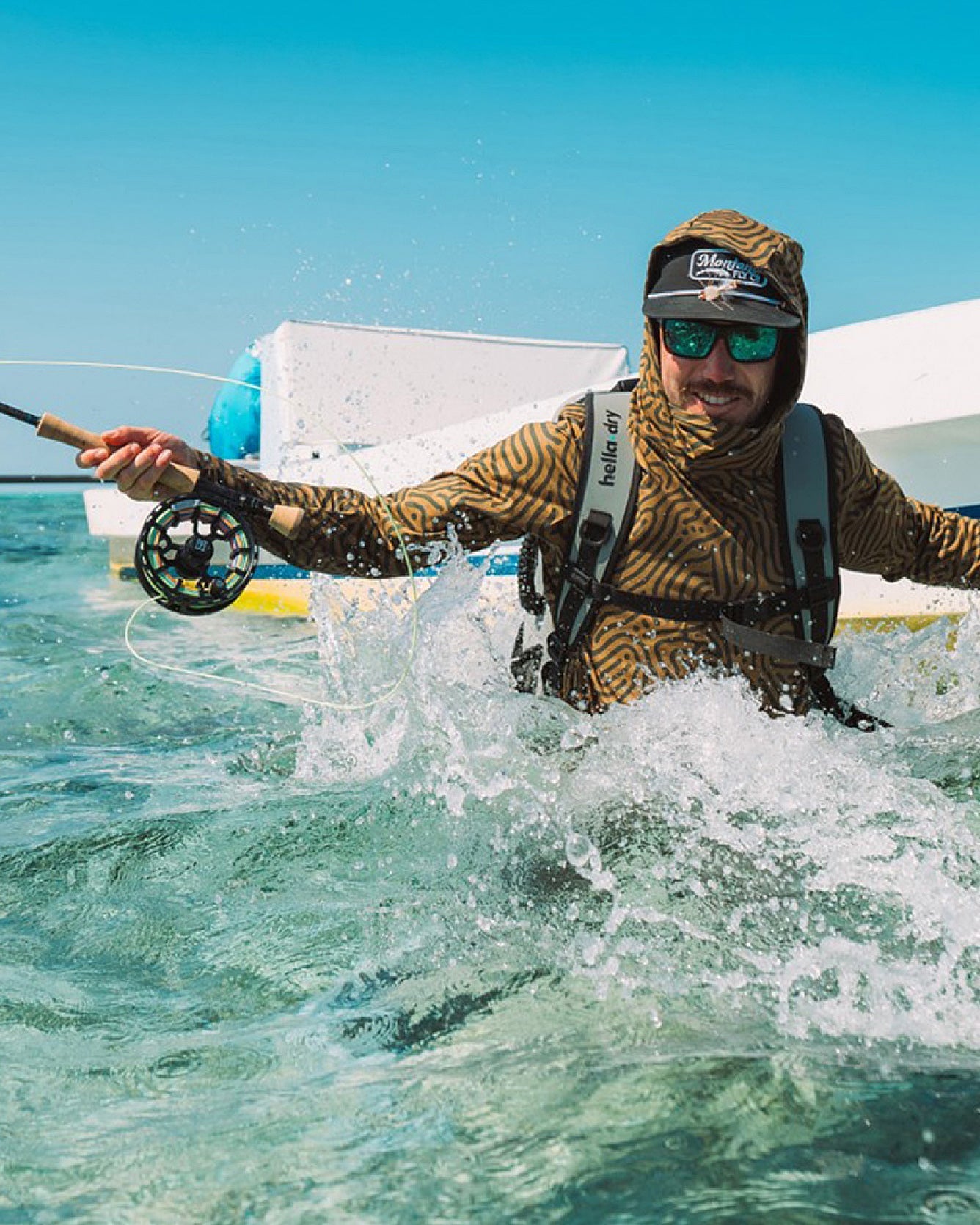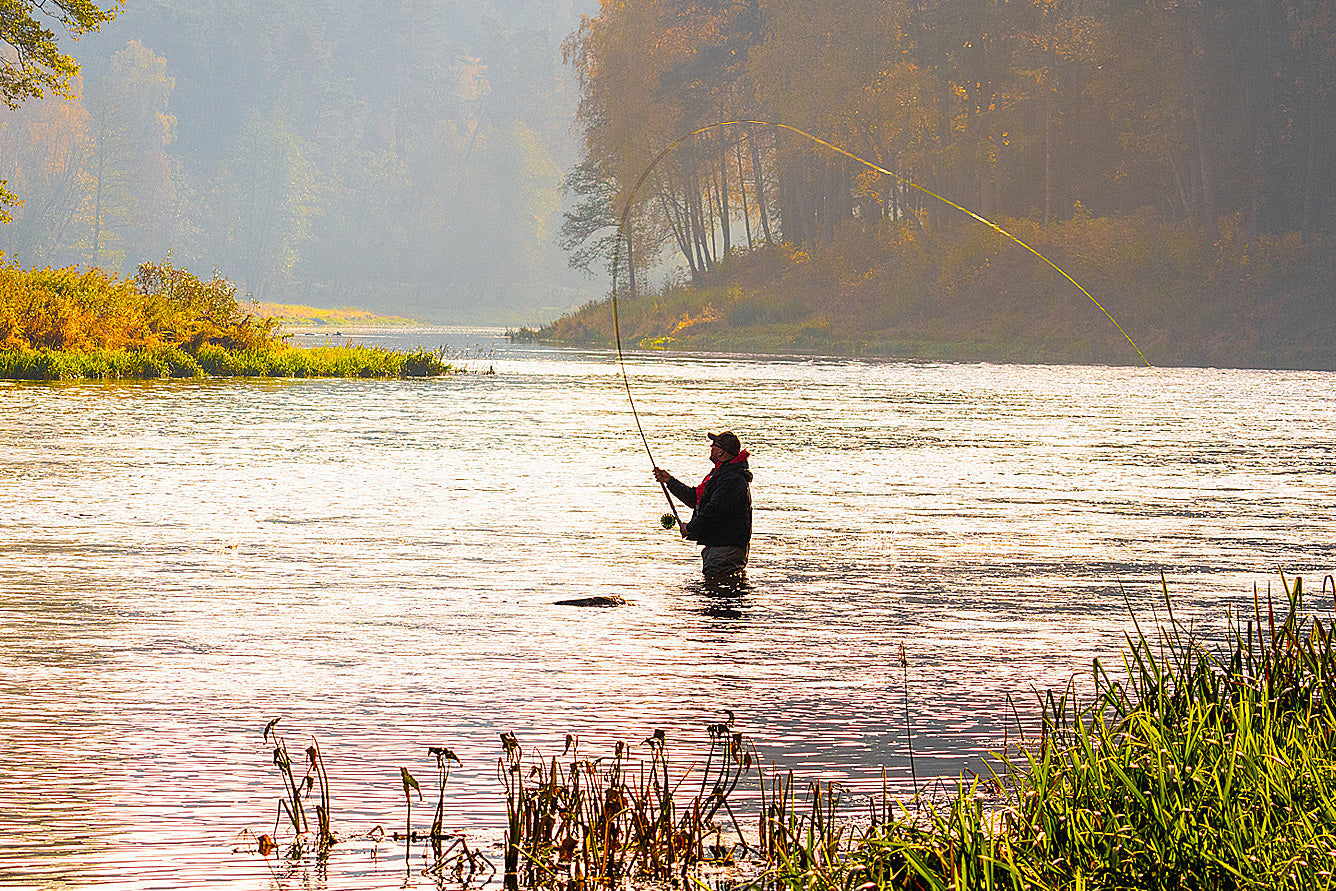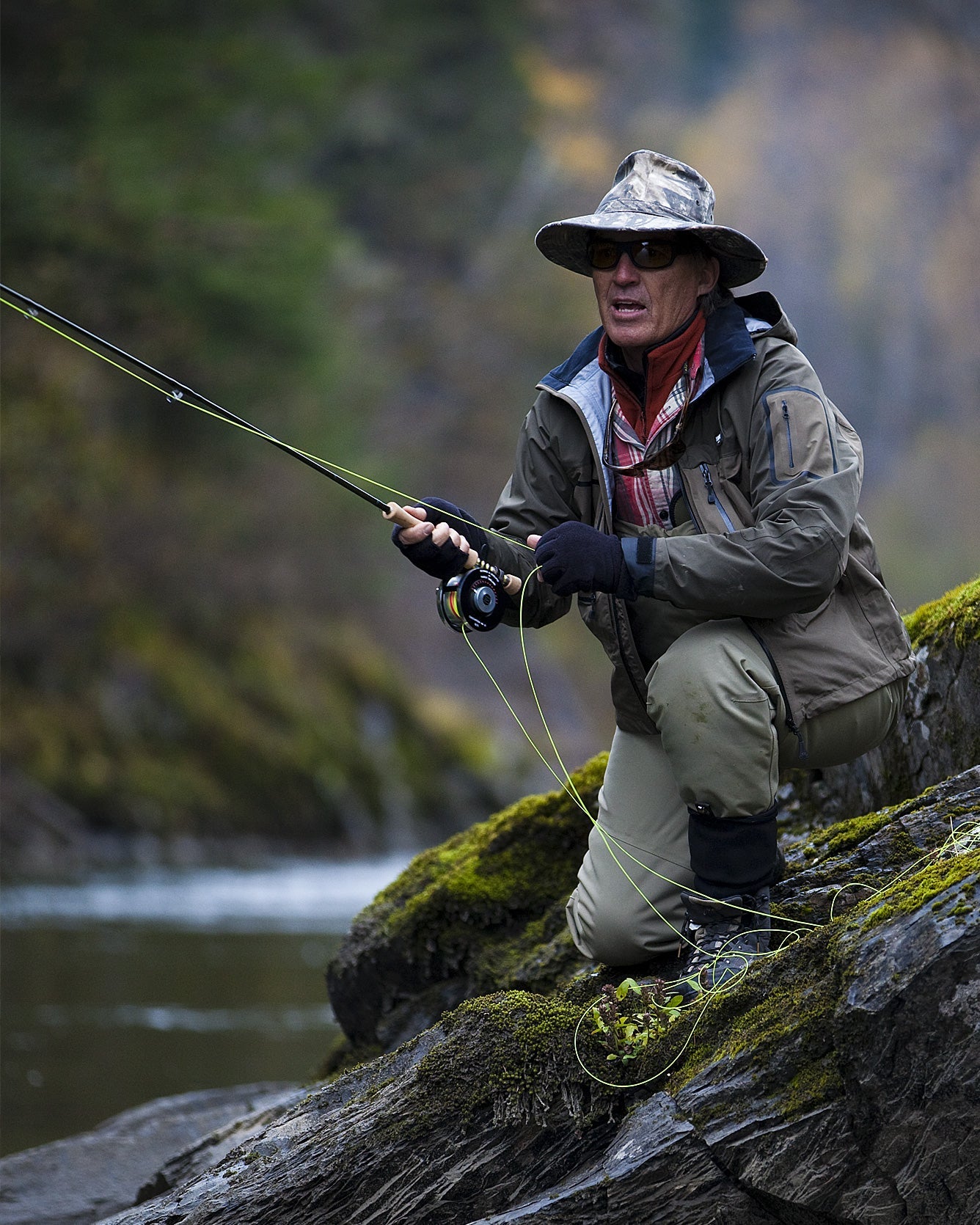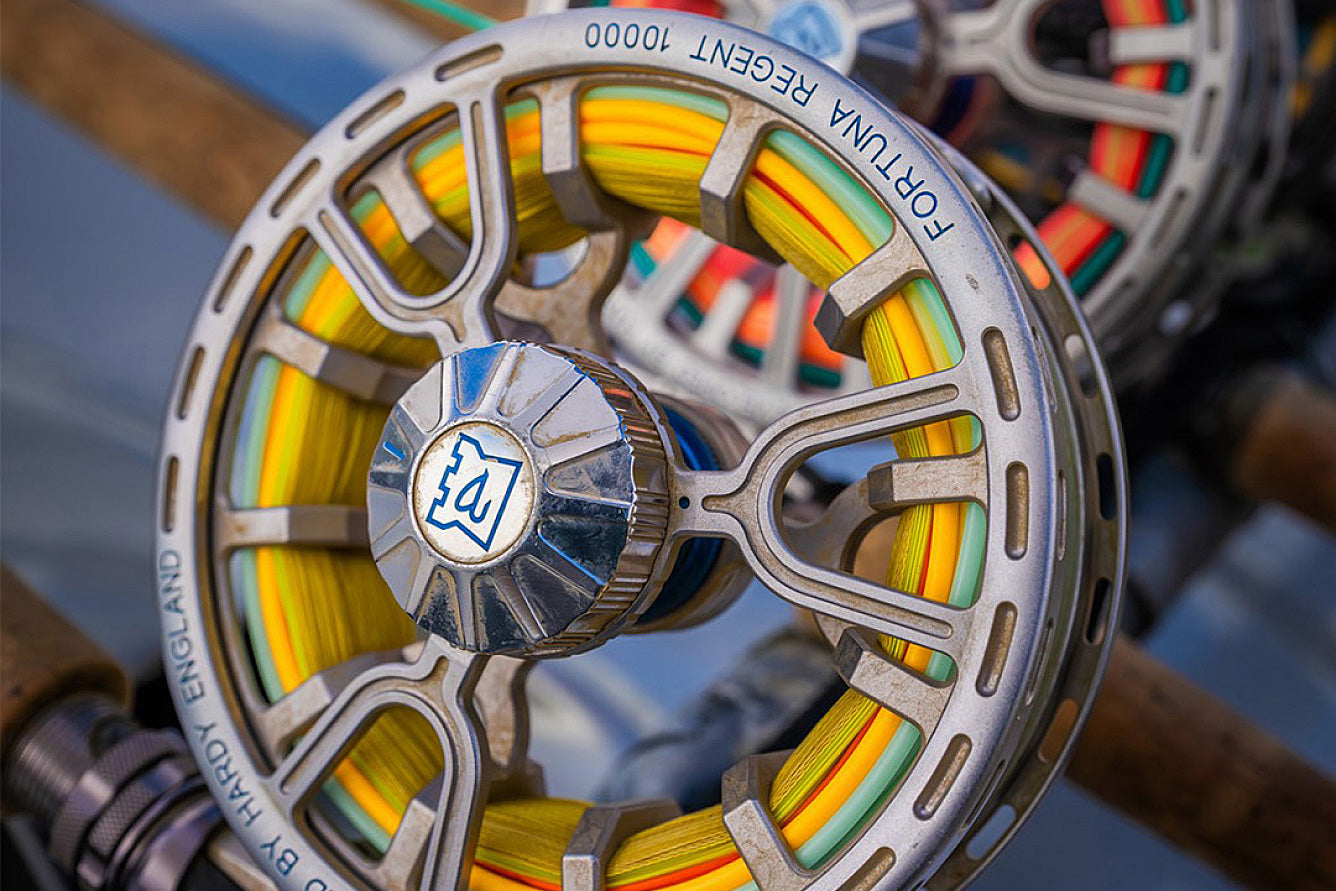The Saltwater Standard.
The benchmark in performance. When the window opens, your kit must be flawless. The Marksman Z and Fortuna Regent are made for that decisive, unforgiving moment.
The benchmark in performance. When the window opens, your kit must be flawless. The Marksman Z and Fortuna Regent are made for that decisive, unforgiving moment.

The benchmark in performance. When the window opens, your kit must be flawless. The Marksman Z and Fortuna Regent are made for that decisive, unforgiving moment.
Rods built to stand the test of time
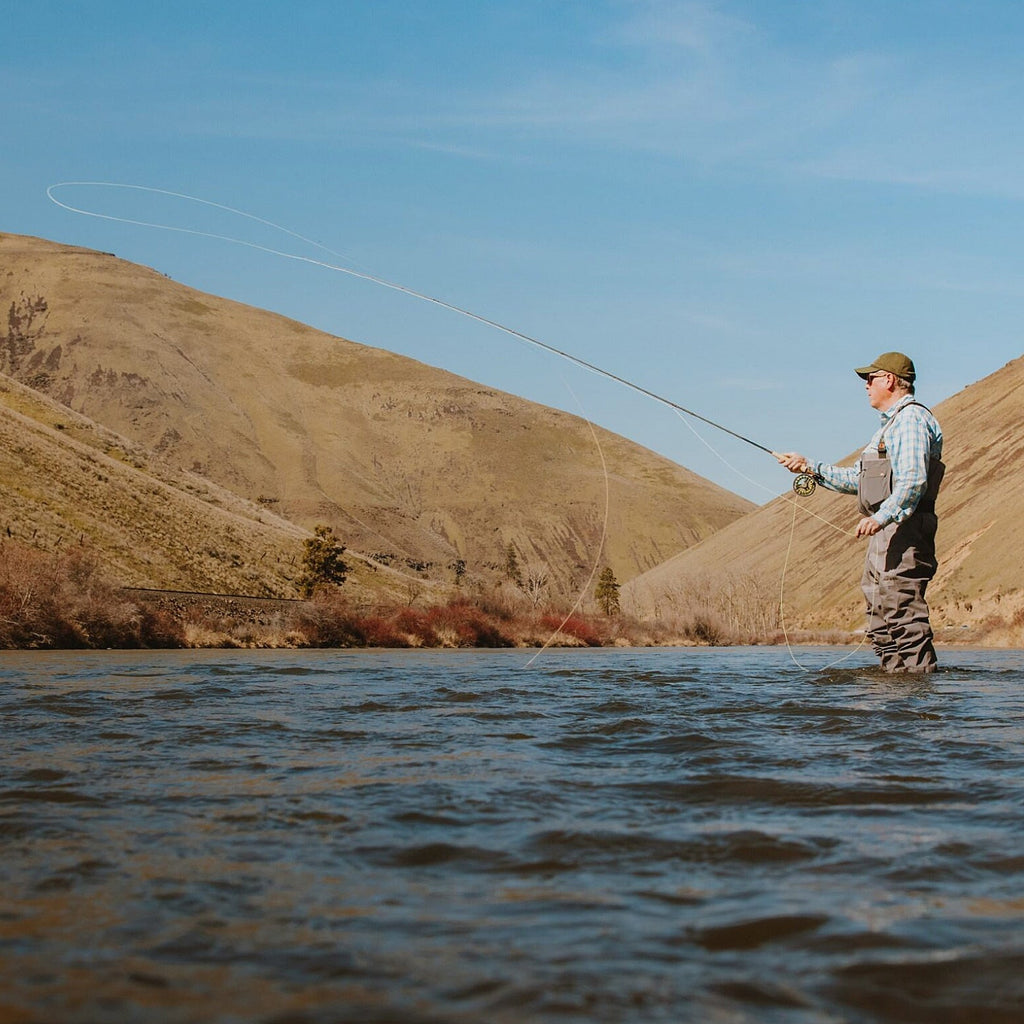
Classic craftsmanship meets modern performance
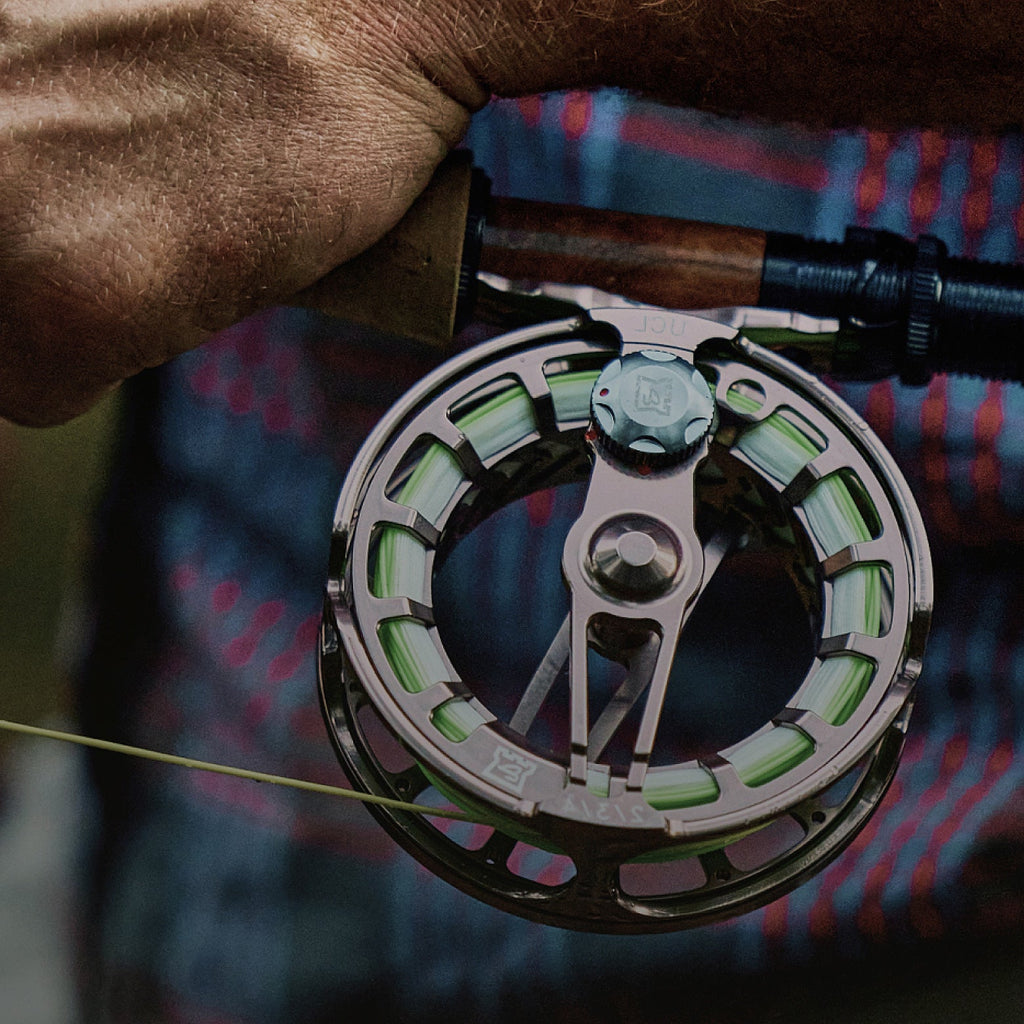
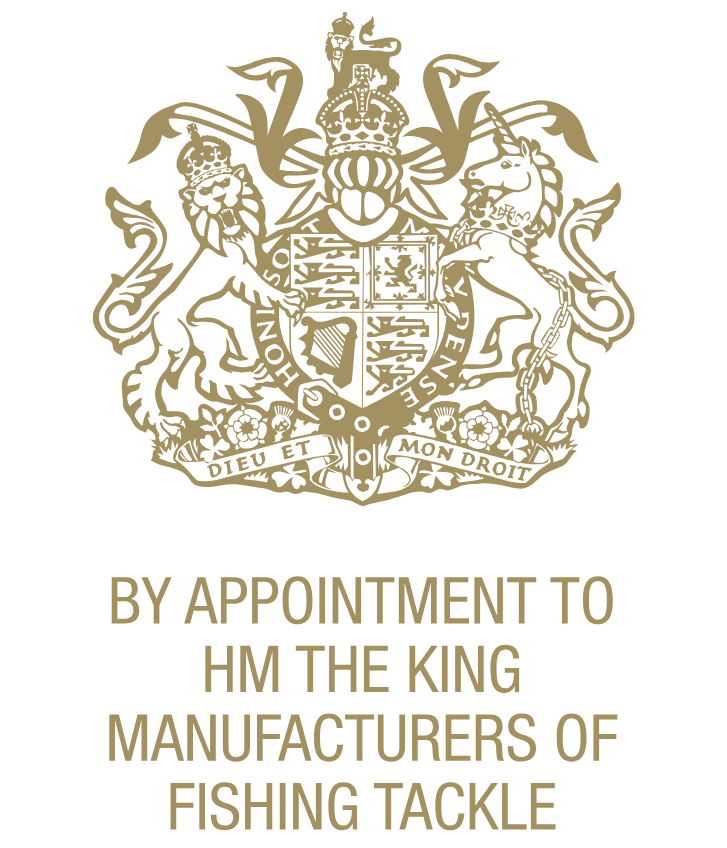
Since 1872, Hardy has crafted top-quality fly gear in Alnwick, England. Renowned for their fly rods and reels, Hardy is for those who demand the very best.
